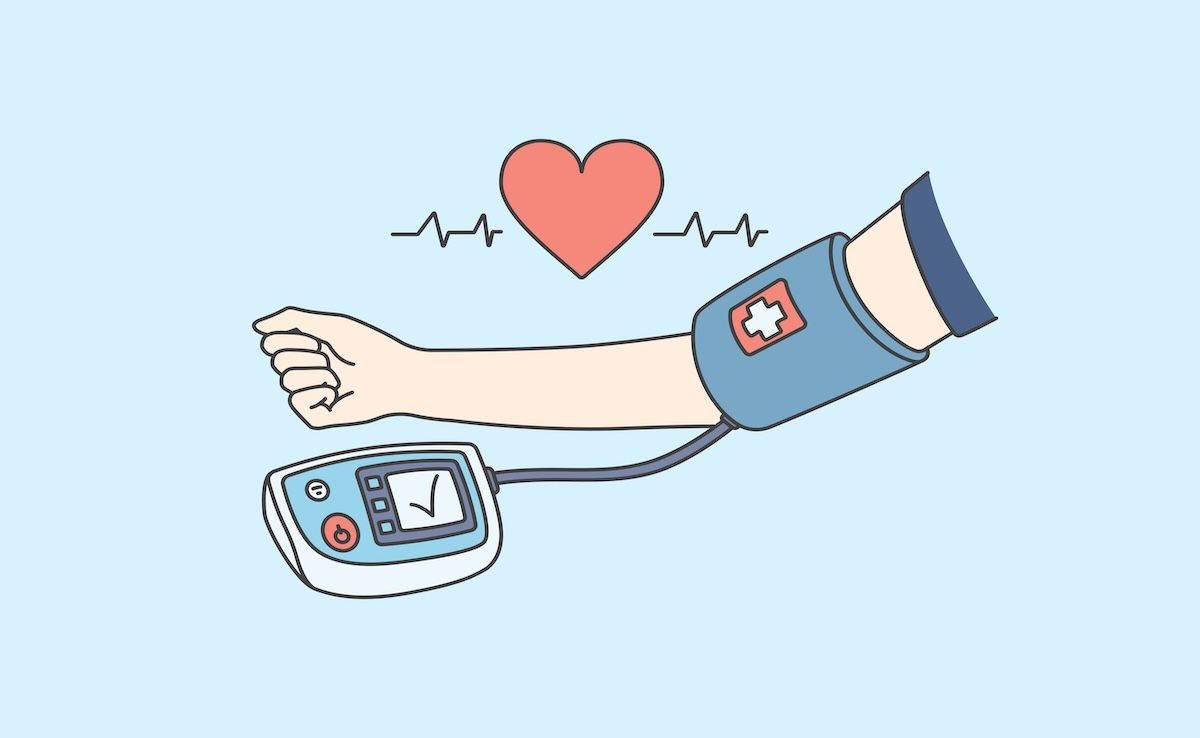Video
Dr Gary Owens on the Future of PAH Research
Author(s):
Gary Owens, MD, president of Gary Owens Associates, discusses current treatments available for pulmonary arterial hypertension (PAH) and where future directions in research may lead.
In the future, we hope to see the development of disease-modifying agents for pulmonary arterial hypertension (PAH), said Gary Owens, MD, president of Gary Owens Associates.
Transcript:
What do you hope to see with regard to research on PAH within the next 5 years?
The good news is within the last, I would say, decade-plus, maybe 2 decades, we've really come a long way in understanding this disease. And our treatments really fall into just a handful of categories: endothelin receptor antagonists, PDE5 inhibitors, soluble guanylate cyclase stimulators, and prostacyclin therapies, whether that be administering prostacyclins, or administering receptor antagonists. And we now know that if you stratify patients according to risk, and those with moderate to high risk begin on either dual or triple therapy, the outcomes are better. So that's where are we are now.
But what can we think about in future directions? I think we'd like to see disease-modifying agents that really can maybe even reverse the course of the disease. Right now, what we can do is modify the progression of the disease. We're also understanding a lot more about the pathophysiology of this disease, and we're learning a lot about some new targets for treating this disease, so that becomes important. Targets that we're looking at, we're looking at vasointestinal polypeptide signaling, for instance. We're looking at PDGF signaling, for instance. We're looking at even estrogen signaling, and even the Nrf2 pathway that we're learning a lot about is something that we're learning more about. So I think there are lots of things that we're beginning to understand in this disease and looking at new directions.

Navigating Sport-Related Neurospine Injuries, Surgery, and Managed Care




